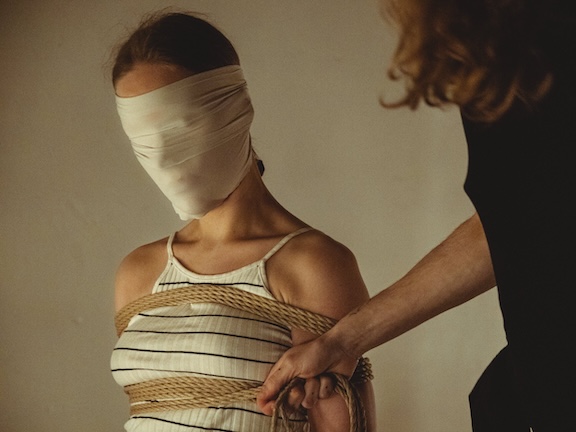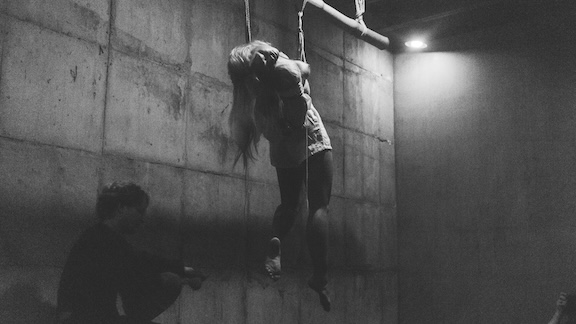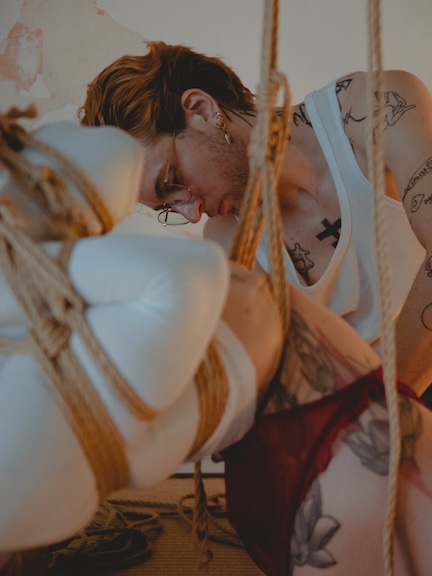October 11-13, 2024

Takate Kote for Play
Friday, October 11
Tickets are for one tying pair.
“Takate kote, sometimes called gote shibari, box-tie, or most often as the abbreviation TK, is a popular category of upper body harness iconic to classical styles of kinbaku.
In this workshop Tamandua will teach his commonly used pattern of a stemless variety of takate kote, based on the idea that it functions as an element in suspension, as well as on its own.”
There will be an opportunity to load the harness for students who are already familiar with attachments and uplines.
Requirements:
Both tying and bottoming students should have prior experience with shibari/kinbaku – this is not an introductory class.
Students who are tying should be comfortable tying a non-collapsing single column tie from memory and have some experience with constructing harnesses/patterns on the body (i.e. have attended TK Tune Up or a Containers class).
Students who are bottoming should be comfortable providing real-time feedback as they are tied.
Supplies:
Students will need a kit of at least five pieces of rope (~8 meters long each). Although tying with jute is not required, tying with natural fiber rope to get the most accurate feedback from the instructors.
If you would like to cut ropes into specific lengths for your tying partner, help will be available during this workshop.
Power & Nuance in Suspension
Saturday & Sunday, October 12-13
Tickets are for one tying pair.
A weekend exploring the power of small changes.
Tamandua and Chuck will explore ties that – when executed correctly – allow the top to efficiently control how intense they are for the bottom. Beyond patterns, we’ll explore the ways that rope management, body manipulation, and nonverbal cues can amplify power exchange in semenawa – tormenting rope.

Requirements:
Both tying and bottoming students should have prior experience with suspension and box ties – this is not an introductory class. Everyone attending should be familiar with signs of nerve damage and how to actively check for it during a tying session.
Supplies:
Tying students should bring a full kit of rope (i.e. single ply jute ropes around 6mm thick) – at least seven ropes that are eight meters long and at least two shorter lengths for finishing patterns. Although tying with jute is not required, tying with natural fiber rope will get the most accurate feedback from the instructors. We will not address adaptions for synthetic rope (i.e. uplines) in this workshop.
Please also bring cloth strips, tenegui, or bandanas of a good size to tie around the head/face.

Tamandua is a Swedish rigger based in Berlin, Germany. He has been working with rope professionally since 2016 , primarily through teaching and offering intimate sessions to clients. Although a rope top most of the time, he has broad experience as a rope bottom as well, and highly values ability to relate to both perspectives. He is a queer person, who appreciates tying with people of various genders.
“I view kinbaku as a practice of continuous exploration – where new doors open as your go deeper and further with a partner, over the course of a session, or over the course of a long partnership. Sometimes though, the magic that defines kinbaku can be just that one alluring image that sticks with you, a moment suspended in time.”
